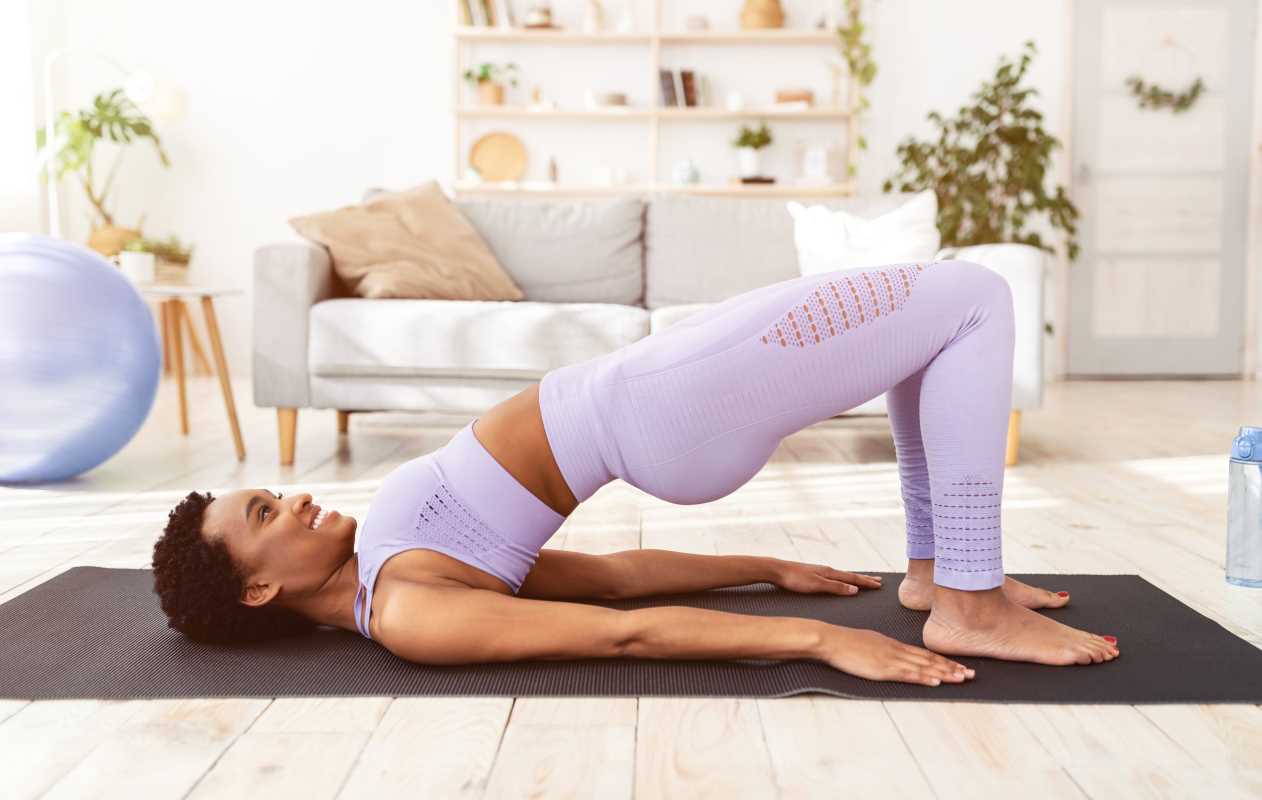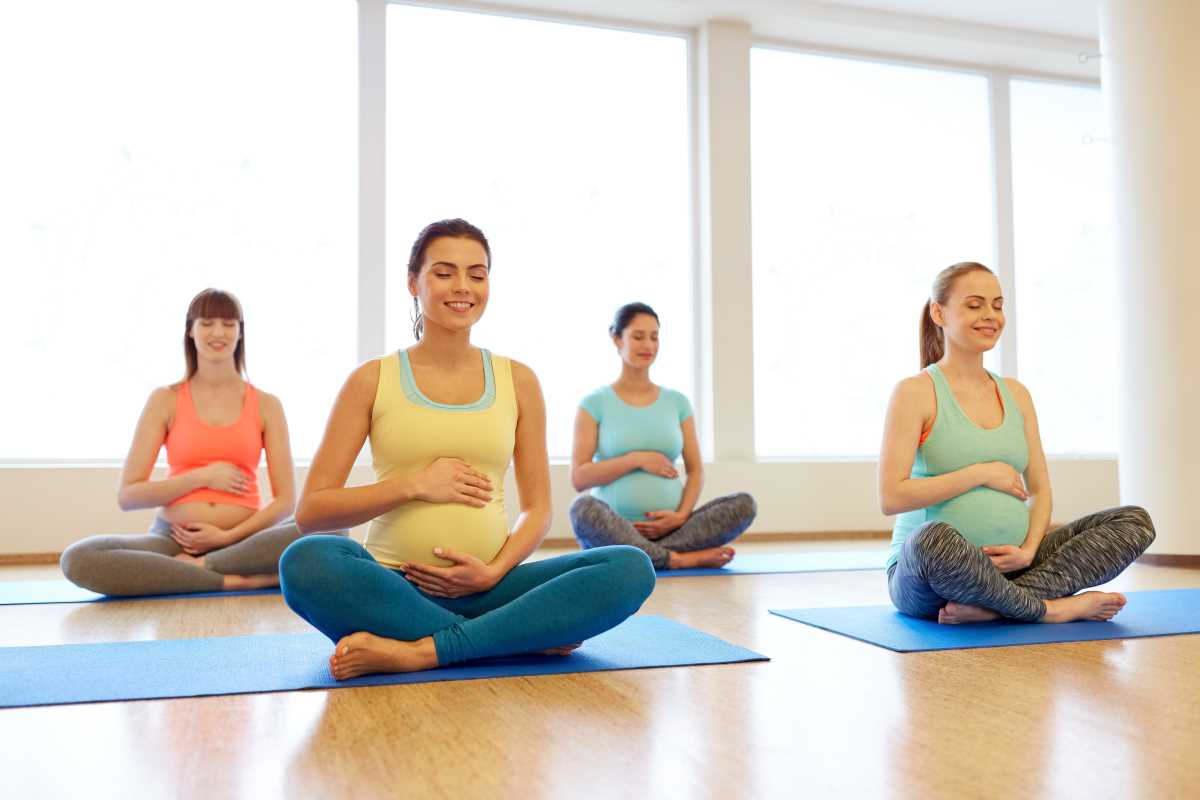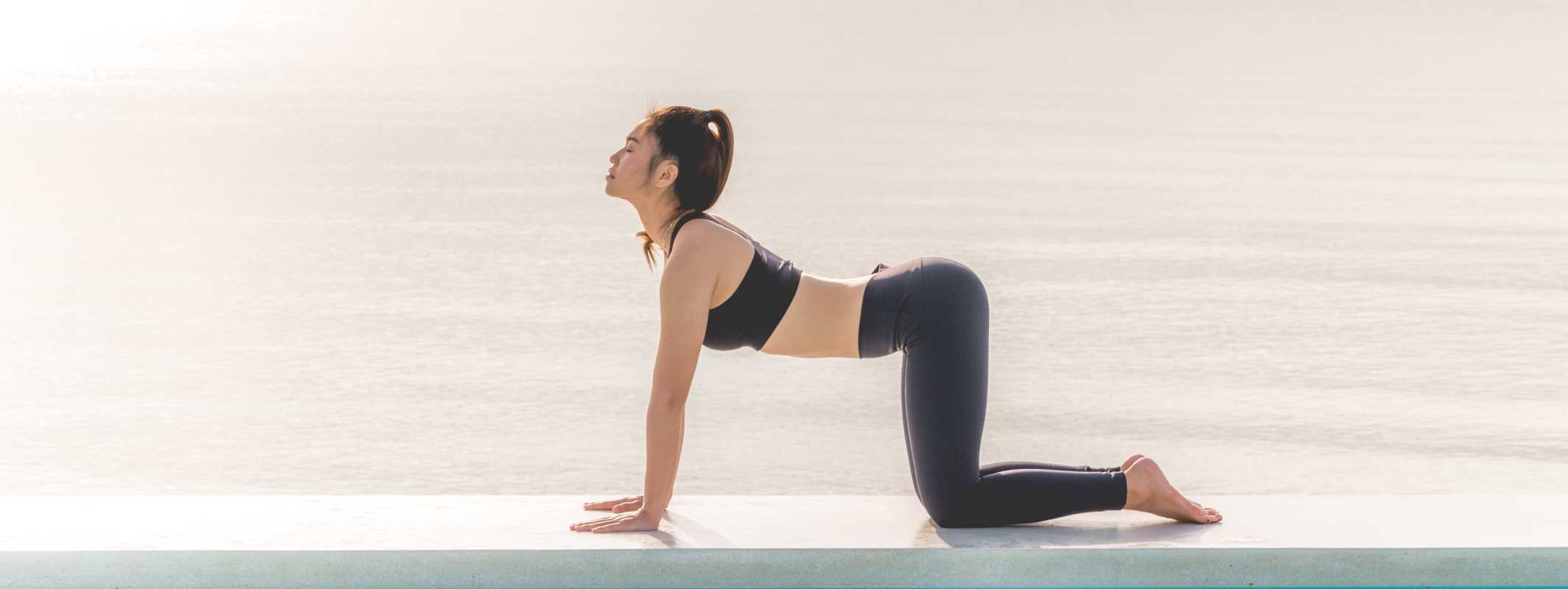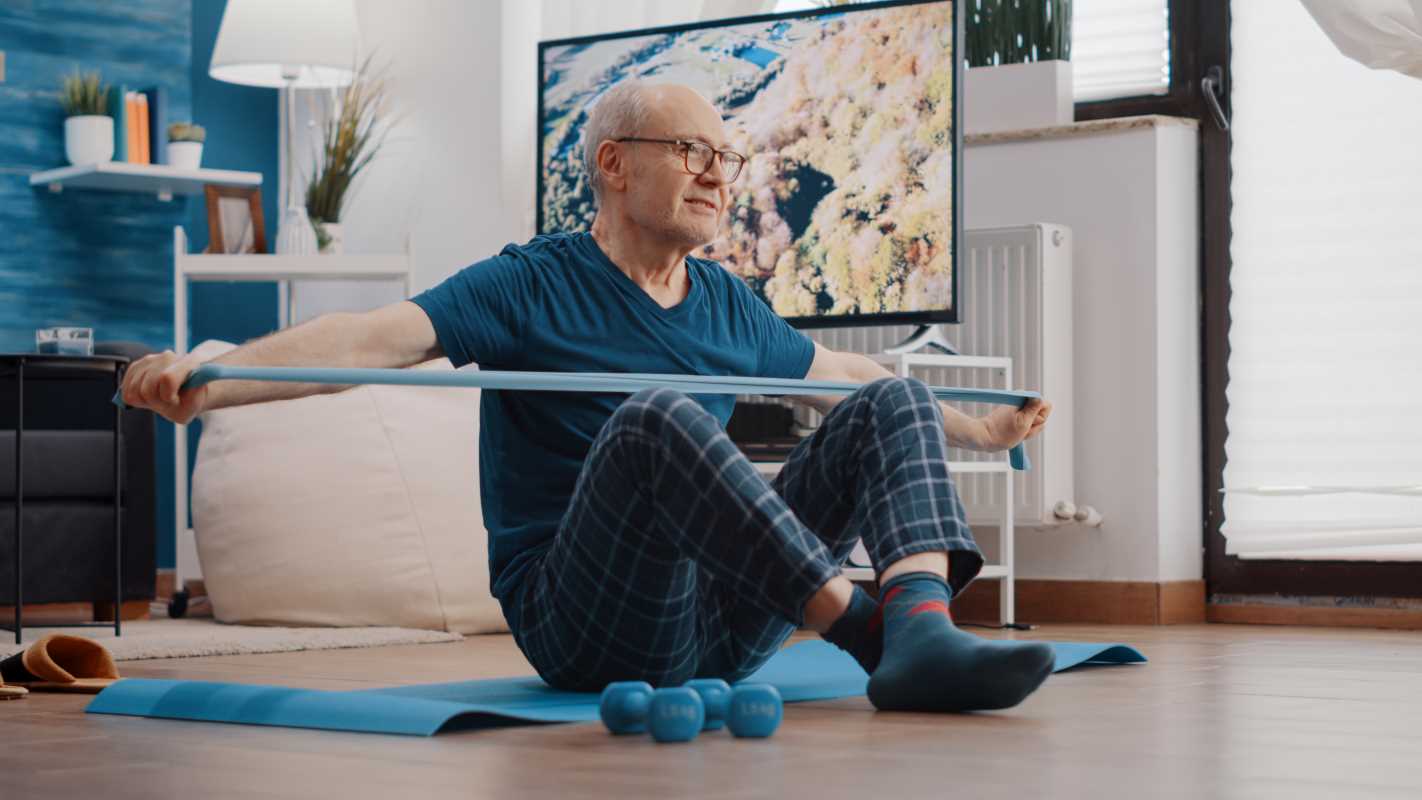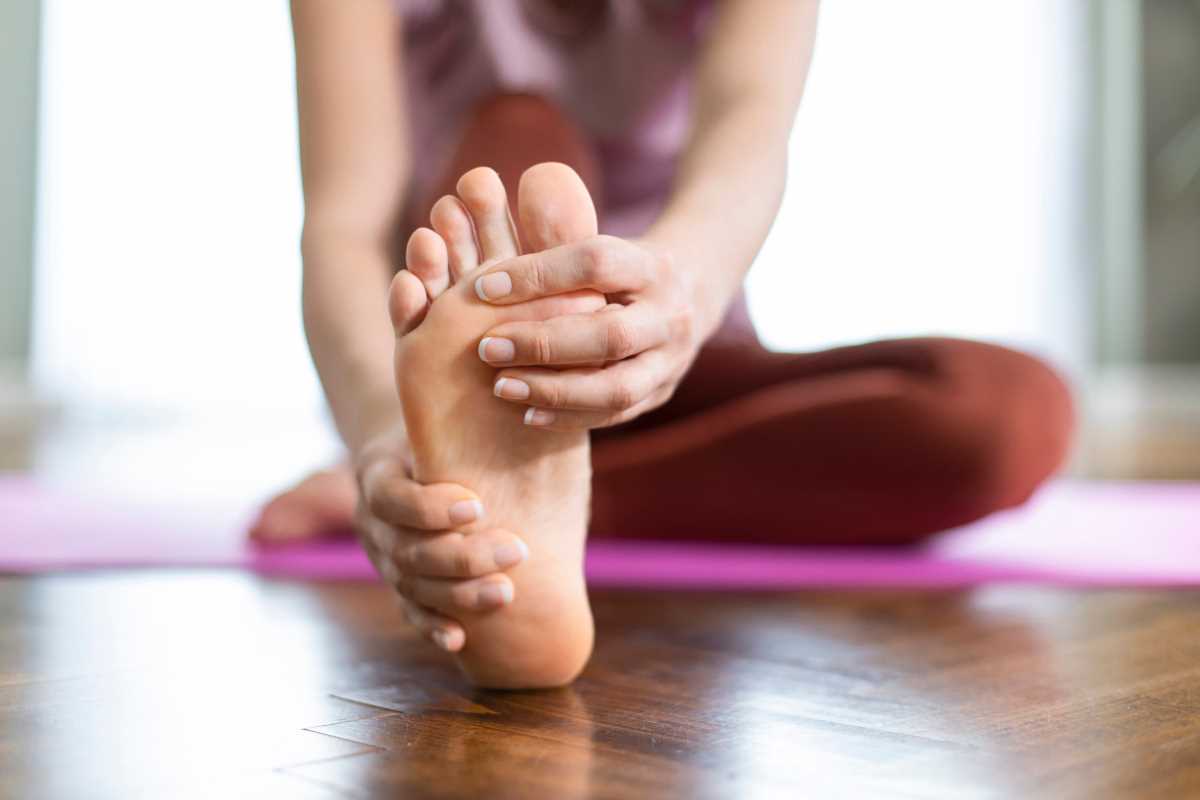Postpartum recovery comes with unique challenges, and for many women, regaining pelvic floor strength tops the list. Pregnancy and childbirth can weaken muscles in this area, leading to symptoms like incontinence, lower back pain, and reduced core strength. Strengthening the pelvic floor can help women feel stronger, regain control of their body, and eliminate discomfort linked to weak pelvic muscles. With the right exercises, it’s possible to restore function, reduce symptoms, and improve overall well-being. We're sharing targeted movements designed to strengthen the pelvic floor safely and effectively after childbirth. Each exercise serves as a practical step toward helping postpartum women feel confident and supported on their recovery journey.
Understanding the Pelvic Floor
The pelvic floor acts as a supportive sling, holding your uterus, bladder, and bowel in place. During pregnancy and delivery, these muscles stretch and weaken, sometimes losing their ability to contract fully. Strengthening these muscles improves bladder control, alleviates discomfort during movement, and enhances core stability, which is essential for daily activities.
Postpartum recovery focuses on retraining the pelvic floor to handle pressure and support overall body function. Starting with gentle, low-impact exercises allows women to rebuild this muscle group without overstressing it.
1. Kegel Exercises
Kegels remain the foundational exercise for pelvic floor recovery. They specifically target and engage the pelvic floor muscles.
- How to do it: Sit comfortably and imagine stopping the flow of urine. Contract the muscles you would use, hold the squeeze for 3–5 seconds, then release.
- Repetitions: Aim for 10–15 repetitions, 2–3 times a day.
- How It Helps: Strengthens the pelvic floor’s ability to contract and relax, improving bladder control and reducing feelings of pressure.
Kegels are discreet and can be done anywhere, making them an easy go-to for busy postpartum moms.
2. Bridge Pose with Pelvic Floor Engagement
This exercise works the glutes, thighs, and pelvic floor simultaneously.
- How to do it: Lie on your back with your knees bent and feet flat on the floor, hip-width apart. Engage your pelvic floor muscles and lift your hips toward the ceiling, forming a straight line from knees to shoulders. Lower back down gently.
- Repetitions: Complete 8–12 reps, resting in between sets.
- How It Helps: Engages and strengthens multiple muscle groups, including the pelvic floor, core, and glutes, which all support postpartum recovery.
Adding controlled breathing boosts relaxation and reduces tension during movement.
3. Child’s Pose with Pelvic Floor Focus
Child’s pose stretches the lower back and hips and allows for gentle pelvic floor activation.
- How to do it: Kneel on the floor and sit back on your heels. Extend your arms forward and lower your chest toward the floor. Engage the pelvic floor as you exhale, then relax completely on the inhale.
- Repetitions: Hold the pose for 20–30 seconds, performing 3–5 rounds.
- How It Helps: Combines gentle relaxation with core activation, promoting circulation and pelvic alignment.
This calming exercise doubles as stress relief, aiding mental and physical recovery.
4. Cat-Cow Stretch with Pelvic Floor Engagement
This dynamic yoga stretch strengthens the connection between the pelvic floor and breathing.
- How to do it: Start on your hands and knees in a tabletop position. Drop your belly toward the floor as you lift your head and tailbone (cow pose). Reverse into a rounded back position (cat pose) while engaging the pelvic floor.
- Repetitions: Alternate between poses 8–10 times, moving slowly.
- How It Helps: Builds awareness of pelvic floor control and improves movement in the hips and spine.
Pairing movement with deep breaths encourages coordination between the pelvic floor and diaphragm.
5. Toe Taps with Core Control
This exercise strengthens the pelvic floor and lower abdominal muscles.
- How to do it: Lie on your back with your knees bent and feet lifted off the ground, forming a 90-degree angle at your hips and knees. Lower one foot toward the floor in a tapping motion, keeping your pelvis stable. Alternate legs.
- Repetitions: Perform 10–15 foot taps per side.
- How It Helps: Focuses on engaging the deep core muscles and pelvic floor, which promotes stability.
Adding this exercise to a routine builds functional strength that aids daily activities like bending or lifting.
6. Side-Lying Leg Lifts with Core Focus
This movement strengthens the pelvic floor, outer thighs, and hips, providing additional stability to the core and lower body.
- How to do it: Lie on one side with your legs straight. Lift the top leg upward, keeping your core and pelvic floor engaged, then lower it slowly. Repeat on the other side.
- Repetitions: Perform 10–12 lifts on each leg.
- How It Helps: Improves hip support and integrates pelvic floor activation into dynamic, lateral motions.
Strong hip muscles play a big role in reducing pelvic pain during postpartum recovery.
7. Squats with Pelvic Floor Activation
Squats strengthen the legs, glutes, and pelvic floor, aiding in overall stability and strength.
- How to do it: Stand with your feet shoulder-width apart. Lower yourself as if sitting into a chair, keeping your knees aligned over your toes. Engage your pelvic floor at the bottom of the squat before rising back to a standing position.
- Repetitions: Complete 8–10 squats.
- How It Helps: Builds functional muscle strength and trains the pelvic floor to contract during movement.
Controlled squats help with activities requiring bending and lifting, reducing daily strain.
8. Pelvic Tilts
Pelvic tilts are a straightforward way to increase mobility and strengthen the pelvic floor safely.
- How to do it: Lie on your back with your knees bent. Flatten your back against the floor by tilting your pelvis upward, engaging your pelvic floor. Return to the starting position.
- Repetitions: Perform 10–15 tilts per session.
- How It Helps: Relieves lower back discomfort and promotes better pelvic alignment postpartum.
This gentle movement enhances awareness of the pelvic floor’s role in posture and stability.
9. Clamshells for Hip and Pelvic Strength
Clamshells target the hips, glutes, and pelvic floor, supporting overall lower-body recovery.
- How to do it: Lie on your side with your knees bent and heels together. Rotate your top knee outward like opening a clamshell while keeping your feet in contact. Lower back down.
- Repetitions: Complete 10–12 on each side.
- How It Helps: Strengthens muscles that stabilize the pelvis and improves control during core engagement.
Adding a resistance band can amplify the workout when ready for an added challenge.
Tips for Success
- Begin exercises with minimal effort to avoid strain and build gradually over time.
- Pair movements with relaxed, diaphragmatic breathing, paying attention to engagement and release of the pelvic floor.
- Stay consistent, performing exercises 3–4 times a week as part of your postpartum routine.
- Track your fitness routine so you can focus on what works.
- Consult a healthcare provider if you experience persistent discomfort or symptoms of pelvic organ prolapse.
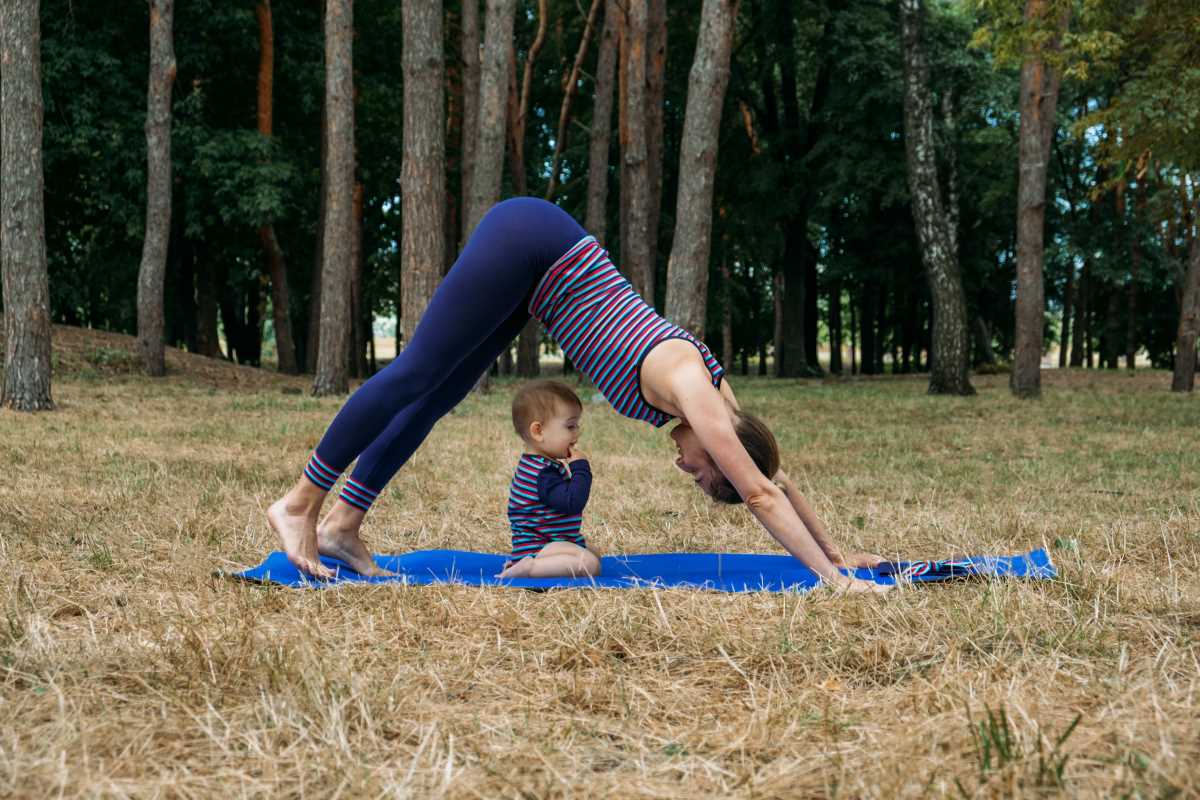 (Image via
(Image via
